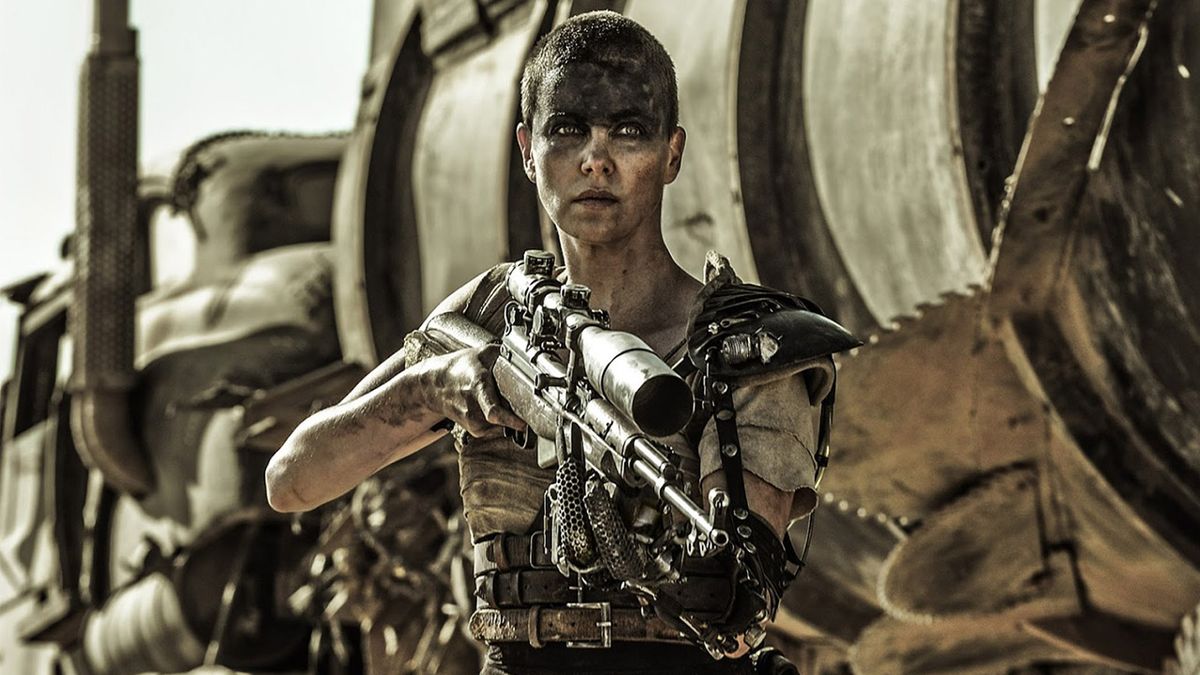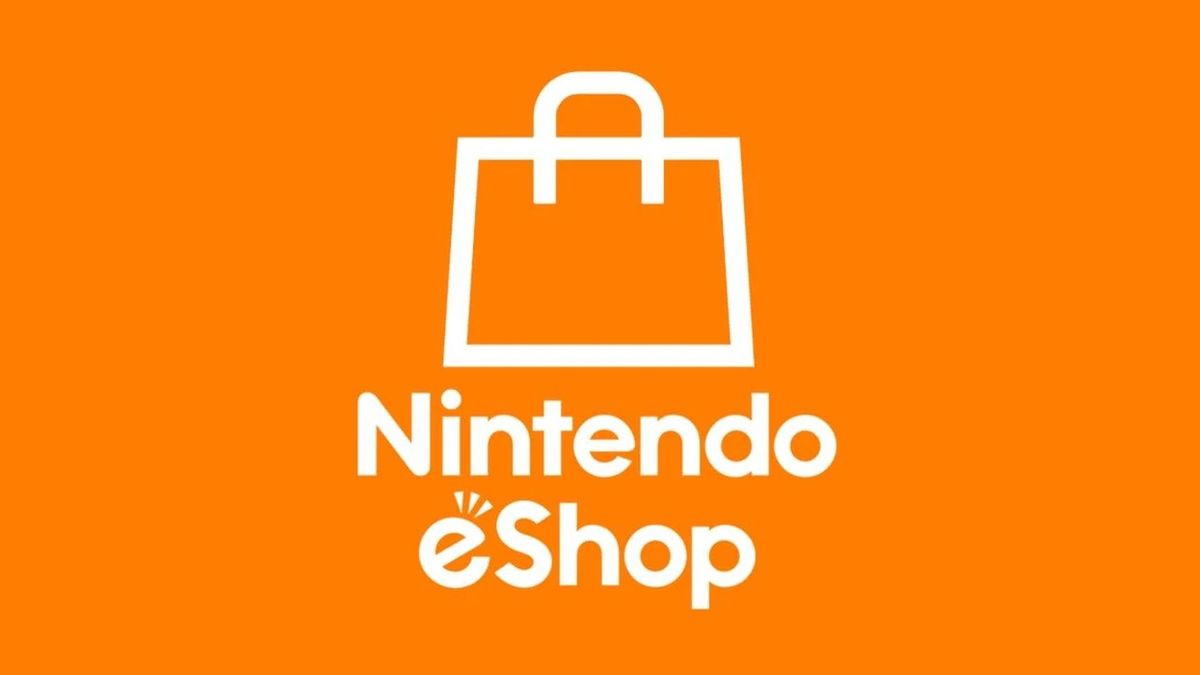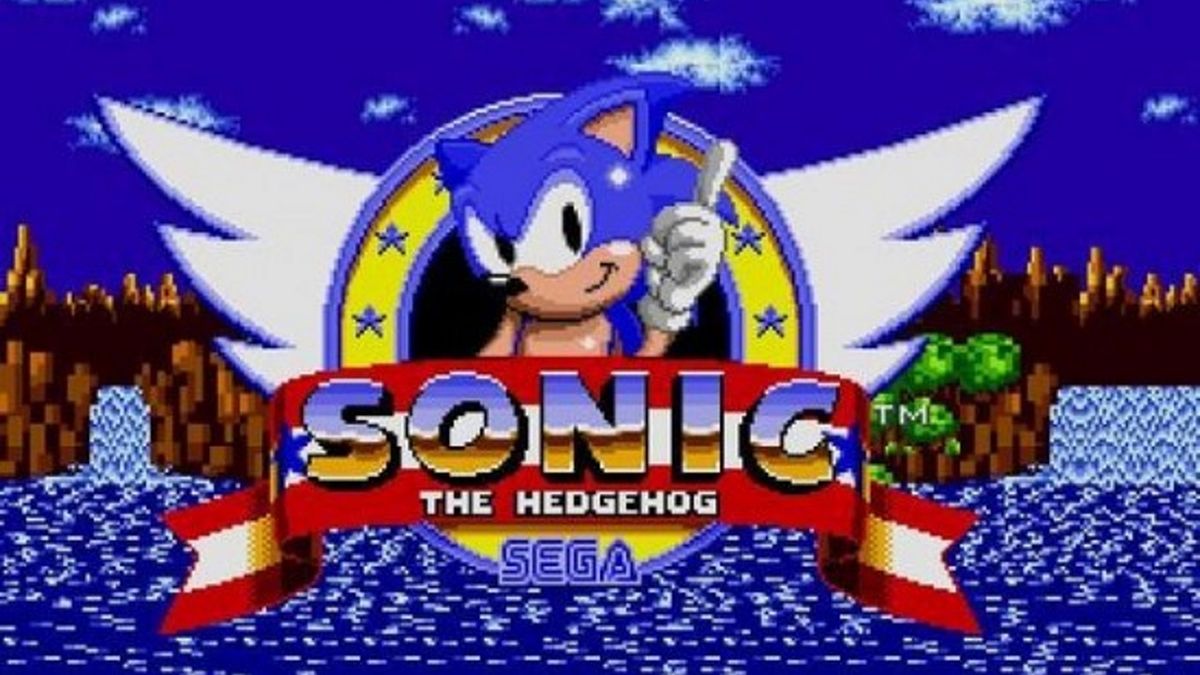A colleague, who shall remain nameless, told me this morning that seven years on and £425 down he still isn’t really convinced that his PS3 has been a worthwhile investment overall.
I told him I thought he was mad.
Because however badly Sony’s current (last?) generation started, by its mid-point Sony’s frequent, defensive PR lines about “running a marathon, not a sprint” utterly came true. After a painful, bloody, drawn-out birthing period, the PS3 steadily grew into a healthy, brainy, funny, strapping young lad of a console, brimming with rapidly realised potential.

Over the last seven years, Sony has merrily subverted the vast majority of critical clichés thrown at mainstream console gaming. It has taken risks with both technology and creativity. It has embraced and promoted the expressive, the artistic and the arcane. It has proffered the most consistently eclectic spread of games seen on any console this generation, from Killzone and Ratchet & Clank to Heavy Rain and Journey. It has had failures along the way of course. The ambitious, unnecessary and ultimately unengaging 256-player shooter MAG springs to mind. And I’m assuming that Sony is still planning to get PlayStation Home out of beta at some point before the PS4 launches…
But those mis-steps are just the price you pay for consistently pushing the edges of your comfort zone. And those ever-expanding creative boundaries are exactly the reason that the PS3 became my console of choice practically overnight a few years ago, after a long period of Xbox loyalty.

And so that stuff, more than any rampaging geometry or existentially troubling realism of texture detail, is what I was looking for in Sony’s PS4 presentation. I discussed the matter rather enthusiastically with another colleague tonight, just before we plunged headfirst into the long, dark night of journalistic intrigue ahead of us.
Not for me, any tortuous debates over the feasibility or implausibility of a Killzone demo. I just wanted to know that the PS3’s brave, pioneering soul had survived the Frankensteinian transfer process into its next body. I wanted to see next-gen technology of course, but I wanted to see it as a conduit for innovative new experiences and witty new ideas, not simple as fuel for a retaliatory shot against the increasingly noseward-looking PC master race.
And bloody hell, I got it.

There was plenty of room for traditional eye-catching tech-fappery of course. Drive Club is a visual corker, and Sony will always be able to rely on David Cage to trot out a glassy eyed visage of well-rendered sadness in order to make the argument that real art comes from high polygon counts. Killzone: Shadowfall was a big surprise given the series’ traditional aesthetic, packing the visual jolt of a poke in the eye from a glass needle coated in mescaline. And as such a departure from the visual trappings of current-gen FPS malaise, it makes a good segue point into the triumphant return of that good old Sony innovation.
Because the PS4 feels like a system focused around real expansion of gaming and real freedom for the gamer. Criticise the titles shown off, if you like, as the usual launch line up of shooter, racer, RPG and glossy action game. Criticise Sony for starting the show with a long, drawn-out discussion of system architecture and connectivity features. But the point in the Venn diagram at which those two elements cross over is one hell of an exciting place as far as I’m concerned.
- 1
- 2
Current page:
Page 1
 Game News Video Games Reviews & News
Game News Video Games Reviews & News



